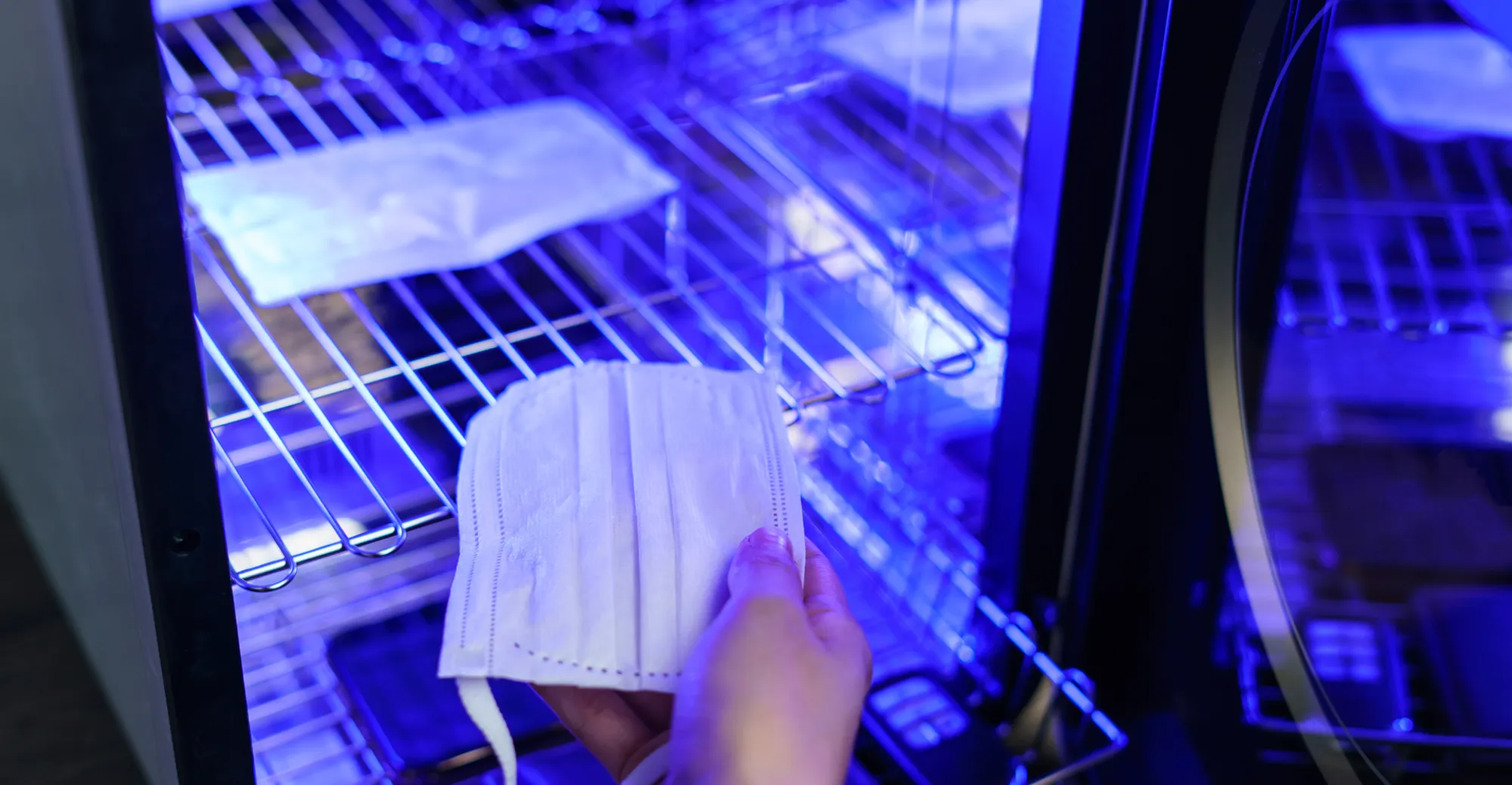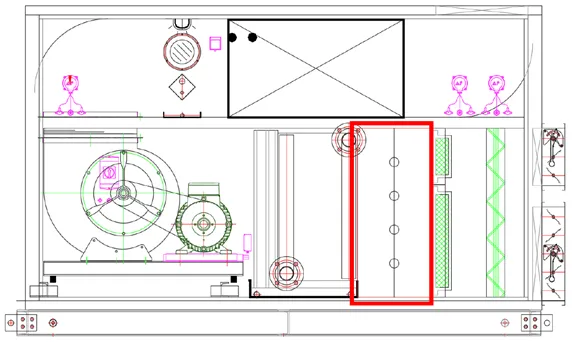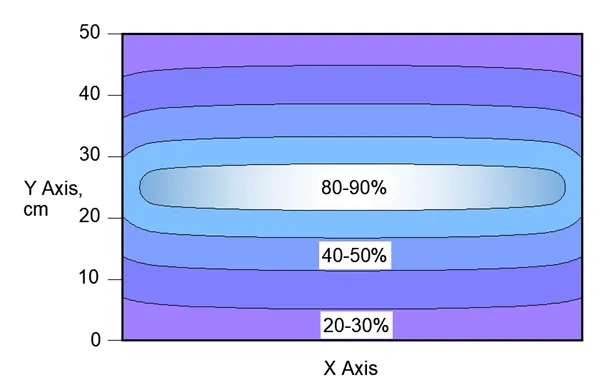
4 pro tips to get the best result using a UV-purifying system
4 pro tips to get the best result using a UV-purifying system
– by Sjoerd Post, 11/09/20
Looking for a way to integrate UV lighting into your HVAC system? At a time where the devastating potency of viruses is all too clear, Sjoerd Post advises on some extra safety measures.
Before we start, let’s note that the tips in this blog apply to a new build system. The ins and outs of applying UVC-light in an existing system will be discussed in a future blog.
UV lighting is capable of disabling viruses, germs and fungi, as we have explained in a previous article. This blogpost focuses on the things to keep in mind when installing a UV light system, including:
- The best place to install the system
- The number of lights required
- The rise in temperature
- Service and maintenance
1.The best place to install a UV-purifying system
The short answer is in the air-handling unit, where recirculation air is present. Here maximum air velocity is the lowest and air from all spaces comes by. Cooling coils and condensate pans are simultaneously irradiated when the lights are directly prior to them.
The effectiveness of your UV light depends on two things – its irradiance and the exposure time. According to ASHRAE the minimal exposure time should be at least 0.25 seconds. The lower the air speed, the longer the exposure time and the less space that is required.

Placement of UVC light (red) in air-handling unit
Because of the cooling coil and mist eliminator, the air speed in the air-handling unit never exceeds 3.8 m/s or the droplets would be sucked out of the mist eliminator. This is why the air-handling unit is the location where air velocity is at its lowest within the system.
The surface of the cooling coils is always wet due to condensation, enhancing the possibility of biofilm formation. Such a biofilm is an ideal spot for fungus and bacterial growth. Direct exposure to UV lighting purifies the coil surface.
The air handling unit is also the central hub of the system. Air from all the rooms runs through, making this the perfect place to install a UV-purifying system.
2.How many lights do you need?
This depends on the dose. Like a normal filter, UV-C lights can filter a particular number of units. This is expressed in the dose required for a certain percentage of inactivation. For example, D90 or D99 for 90% and 99% inactivation. Where D90 is the norm, D99 is only used in clean rooms.
Irradiance or the electromagnetic power of the UV light is at its strongest close by the lamp. The further away, the weaker this irradiance will be. The combination of irradiance and exposure time is called the dose.

Inactivation rate
Best results will be achieved if the UVC lights cover the whole surface of the air-handling unit with a heart to heart distance of approximately 20 cm. As a general rule you can use the table below:
|
Air amount [m³/h] |
Unit height [cm] |
Min. required lamps D90 |
Min. required lamps D99 |
|
1 – 5,000 |
50 |
1 – 2 |
2 – 3 |
|
5,000 – 10,000 |
50 – 100 |
2 – 4 |
3 – 6 |
|
10,000 – 15,000 |
100 – 150 |
5 – 7 |
6 – 9 |
Based on 20 cm between lamps
3.How much of a temperature rise is caused by a UV light?
Like normal lights, UVC lights are a source of electromagnetic radiation which give some waste heat. This will be around two thirds of the total power consumption. The rise in temperature can be calculated with this equation:

Ptotal = Total power consumption of all lights in Watt
qv = Air amount in m³/h
Δt = Temperature rise in K
4.Service and maintenance
As with all other equipment, proper maintenance ensures correct use of the UVC lights, the best results and the longest lifetime. Here some quick maintenance tips:
- Routinely perform visual inspection;
- Immediately replace any burned-out or failing lamps;
- Clean dirty or dusty lamps with a lint-free cloth and isopropyl alcohol;
- Ensure no film remains on the surface of the lamp;
- Replace UVC lamps annually (after 8760 running hours) to ensure adequate UV energy;
- Avoid switching lamps on and off too often, which may lead to early lamp failure;
- Prevent direct UVC light exposure to eyes and skin;
- Note that UVC lights can cause rapid material degradation;
Final thoughts
Always use a UVC-purifying system in combination with proper filtration. Filters may help protect UVC lamps from dust and debris accumulation, which may reduce UV output over time. Another way to improve UVC performance is to enhance the overall reflectivity on the inside of the air-handling unit. This ensures that UVC energy is reflected into the irradiated zone, increasing the effective UV dose.
For more information on UV lighting and air-handling units in general contact one of our engineers.
Sjoerd Post | Senior Engineer QESH
Sjoerd Post has been working at the QESH department of Heinen & Hopman since 2015. With his technical background he is responsible withing the QESH department for implementing standards and performing technical research for the company.